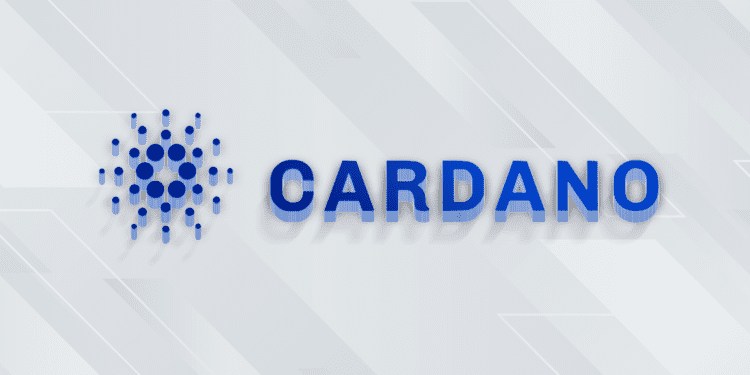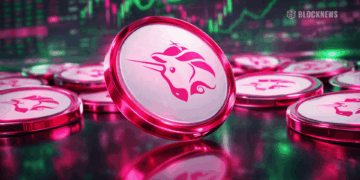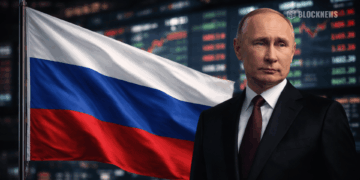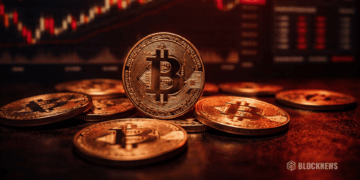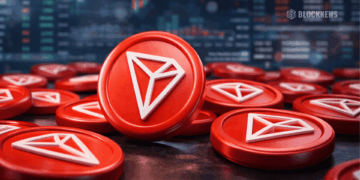Beginnings
IOHK, founded in 2015, together with the Cardano Foundation and Emurgo drives the Cardano blockchain.
Charles Hoskinson, the co-founder of IOHK and also the co-founder of the Ethereum blockchain, is a major public figure associated with the development of Cardano.
The latter was built with the intention of improving on Ethereum’s challenges and is unique in its presentation as a blockchain-based on academic and evidence-based research.
Using the chain comes with cheap gas fees, paid in ADA, the native currency, named after Ada Lovelace.
It currently ranks in the eighth position by market cap and can be bought, sold, staked, and used to vote on the platform.
ADA hit an all-time high of $3.09 in September 2021 during the time of the Alonzo fork and can be bought and sold on 30+ exchanges. Its current circulating supply is that of approximately 33 billion, with the maximum capped at 45 billion, to be gradually minted over time.
The Cardano Roadmap
Cardano’s development has been organized into five eras: Byron, Shelly, Goguen, Basho, and Voltaire, with each era representing major development milestones.
Byron
This phase also saw the launch of ADA (ADA) and Deadalus, the ADA desktop wallet.
The first era started in 2017, with the laying of the foundations. Cardano runs on a permissioned version of the Ouroboros consensus network, which is a proof-of-stake (PoS) protocol, with enhanced security. Yoroi, a light wallet designed for quick transactions and day-to-day use was also made available. Focus on community building was also on the agenda, and the ecosystem can now boast of having approximately half a million members.
Shelly
Next came the Shelly era, during which the main goal was decentralization. A shift towards more nodes being run by stakers of ADA, was initiated. Ada holders can stake and delegate ADA to a pool in exchange for rewards at the rate of 4.6% per annum.
This chapter in the Cardano evolution was mostly about the natural maturation of the network.
One notable fork was the Mary hard fork, which made minting both fungible and non-fungible tokens, possible. As of now, 6,304 NFT projects have already been launched on Cardano.
Goguen
The Goguen era is where the chain presently finds itself. The much-awaited Alonzo hard fork took place in September 2021 and brought about smart contract and DApp building possibilities.
Within 24 hours, 100 smart contracts had already been deployed on the chain, and that number is almost at 3,000 as of August 2022.
Other targets include the development of Plutus and Haskell, a development language and programming language respectively, and the development of Marlowe smart contract building which makes it possible for non-programmers to build financial applications.
Basho
The fourth phase is set to start with the much-anticipated Vasil hard fork, which will make the network faster and more scalable.
Currently, with 250+ transactions per second, Cardano is faster than both Ethereum and BSC, and this fork looks to make it even more efficient.
One of the core developments will be the development of sidechains, interoperable with the main chain, which will increase the throughput levels along with parallel accounting styles which enhance interoperability.
Voltaire
The last and final stage will see the shifting of governance towards network participants. The community will be able to vote on improvement proposals and use the funds in the treasury system to enact them.
When this happens, IOHK will no longer manage the chain.
Cardano Ecosystem
With a market cap of 16.7 billion, Cardano is the third biggest smart contract blockchain. It might not be the fastest chain out there, and rigorous research has sometimes slowed down its development, allowing others to offer more competitive timelines, however, it is certainly growing and a very strong contender.
Its hard forks have become known for their seamless transitions, thanks to the “Hard Fork Combinator”, specifically built for the blockchain so that the chain is not halted or interrupted, and pre-forked history is not lost. As we have in the past seen with Bitcoin and Ethereum, this is rarely the case.
NFT adoption is also reaching Cardano, with Snoop Dog recently announcing the release of his music in the form of NFTs on the chain, showing increased influencer trust in the chain.
Cardano’s ecosystem is flourishing, and according to metrics by Santiment, a behavior analytics tool, its development throughout the month of June 2022, has surpassed that of its competitors, Solana and Polkadot. Hoskinson claims that many DApps are waiting for the Vasil hardfork before launching, therefore more growth is expected soon.
Ethereum DApps can now also migrate to Cardano via Milkomeda, a layer 2 protocol delivering EVM capabilities to non-EVM blockchains, which was launched last March, providing developers with an opportunity to shift should they find this chain preferable to Ethereum.
The Cardano blockchain is an interesting work in progress and has certainly attracted the attention of many.
The project has been dubbed as ambitious and is often criticized for missing deadlines. However, the team believes in a slow and steady approach in order to ensure that the chain can continue to function safely and successfully. Will it prevail? Time will surely tell.


